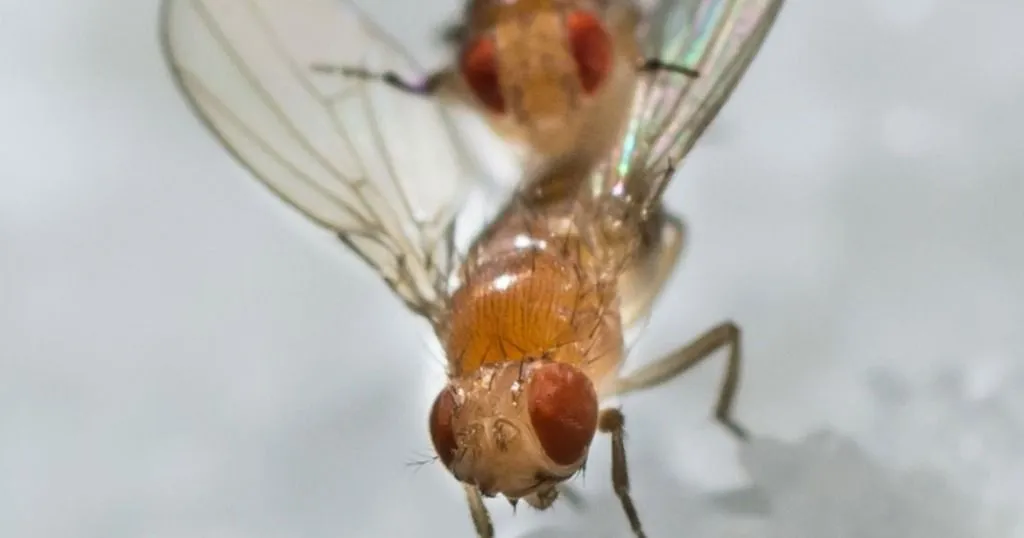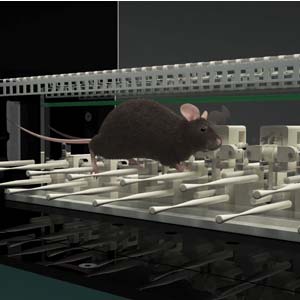Walking the ladder: testing the cellular source of motor functioning in mice
The cerebellum, our “little brain”, is all about motor control; more specifically, it’s about coordination, precision, and timing.
Posted by
Published on
Thu 11 Sep. 2014
Topics
| Ataxia | Cerebellum | ErasmusLadder | Locomotion | Mice | Motor Learning | Motor Performance |
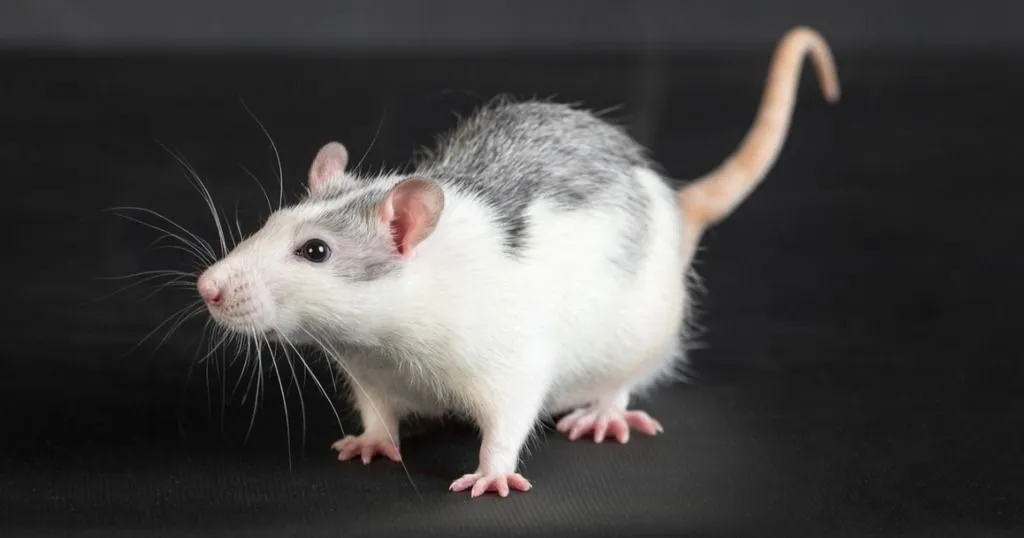
The cerebellum, our “little brain”, is all about motor control; more specifically, it’s about coordination, precision, and timing. So when the functioning of the cerebellum is compromised, incoordination of movement (ataxia) occurs. Ataxia is found in many neurological diseases such as Parkinson’s and early onset Alzheimer’s.
Cerebellar cell types functioning
Purkinje cells, interneurons, and granule cells of the cerebellar cortex play an important role in reflexive types of motor learning, as we can tell from studies using the eye blink test and vestibulo-ocular testing. But since their role in more complex behaviors is not well understood, Maria Fernanda Vinueza Veloz and her colleagues decided to study the role of each one of these cell types in motor learning, locomotor adaptation, motivation and avoidance behavior using several knock-out mouse strains and testing them on the ErasmusLadder.
The ErasmusLadder: unique motor learning testing
The ErasmusLadder is an instrument for testing motor learning. It consists of a horizontal ladder stretching between two goal boxes, with rungs for the animal to walk on; some are “higher” and some are “lower”. A ‘correct’ stepping pattern involves using the higher rungs; using a lower rung is counted as a misstep. Sensors detect when the mouse steps on a rung, so step time, step size, missteps and other parameters can be measured. While similar methods focus on either spatial patterns, general aspects of locomotion, or on balance, ErasmusLadder combines these features in one test. As the researchers of this study put it: “…the ErasmusLadder yields a more complete and quantitative analysis of locomotion than other systems currently available.”
Mouse strains to test specific neurons
Vinueza Veloz and her colleagues used four different mouse strains: two strains suffered from impaired Purkinje cell output or potentiation (Pcd and L7-Pp2b), the third strain suffered from impaired interneuron output (L7-Δγ2), and the fourth from impaired granule cell output (α6-Cacna1a). Each group was complemented by a control group of littermates so that the functioning of each cell type could be studied in detail.
Behavioral protocol
To study motor learning and motor function in the four strains and the control groups, mice were tested in two sets of four consecutive days. During the first four days motor learning and performance were assessed. After a two day break, another four sessions took place in which the mice were challenged with an obstacle: a rung that was suddenly raised to 12 mm above stepping surface. Inserting this challenge accurately tests reflexive motor learning and performance.
Baseline locomotion results
During the first four sessions, Purkinje cell output and potentiation impaired mice (Pcd and L7-Pp2b) made smaller steps (one rung at a time); when they did make a larger step (skipping a higher rung), it took them significantly longer than the controls. Also, their stepping patterns were less consistent. Purkinje cells are the sole output of the cerebellar cortex and these results show the strategic importance of these cells: they are critical for the generation of basic walking patterns. The phenotypes found in these mice also closely resemble the symptoms of patients suffering from cerebellar ataxia. Interestingly, the interneuron and granule cell output impaired strains (L7-Δγ2 and α6-Cacna1a) had little to no detectable deficits during the first 4 days.
Interlimb coordination, adapting locomotion
During the last four days (with perturbation) all four mutant strains showed significant differences compared to the control groups, with even the interneuron and granule cell output impaired mice demonstrating abnormal interlimb coordination in dealing with the obstacle. This suggests that, although it did not show in the first four sessions, coordination may indeed also be affected in these two mutants. Because the functional outcome in this study appears normal during the non-perturbed task in the first four sessions, it seems that interlimb coordination is the most sensitive parameter for cerebellar deficits.
Cognitive functions
In addition to the locomotion skills, two cognitive functions were tested on the ErasmusLadder: motivation and avoidance behavior. To test this, sensory stimuli (light and air pressure) were applied to initiate the subjects’ movement across the ladder, from one shelter towards the other (dark) shelter. Air pressure was also used from the other side, to keep the animal inside the shelter if it tried to leave too soon. The percentage of trials during which a mouse used or needed either light or air to initiate running was used to assess motivation and avoidance.
None of the four strains showed lack of motivation or tendency to avoid leaving the box. Consistent with literature, these mutants have no phenotypes in common cognitive tasks such as the water maze or open field testing.
Sensitive testing method
In conclusion, these scientists found a sensitive way to test for cerebellar functioning with the ErasmusLadder. Results indicated significant deficits in all four mutants and thus evidence that Purkinje cells, interneurons, and granule cells all play an important role in interlimb coordination.
Vinueza Veloz, M.F.; Zhou, K.; Bosman, L.W.J.; Potters, J.-W.; Negrello, M.; Seepers, R.M.; Strydis, C.; Koekkoek, S.K.E.; De Zeeuw, C.I. (2014). Cerebellar control of gait and interlimb coordination. Brain Structure and Function, doi: 10.1007/s00429-014-0870-1.
A commercial version of ErasmusLadder is now available. For more information go to www.noldus.com/erasmusladder or contact Noldus.
Related Posts
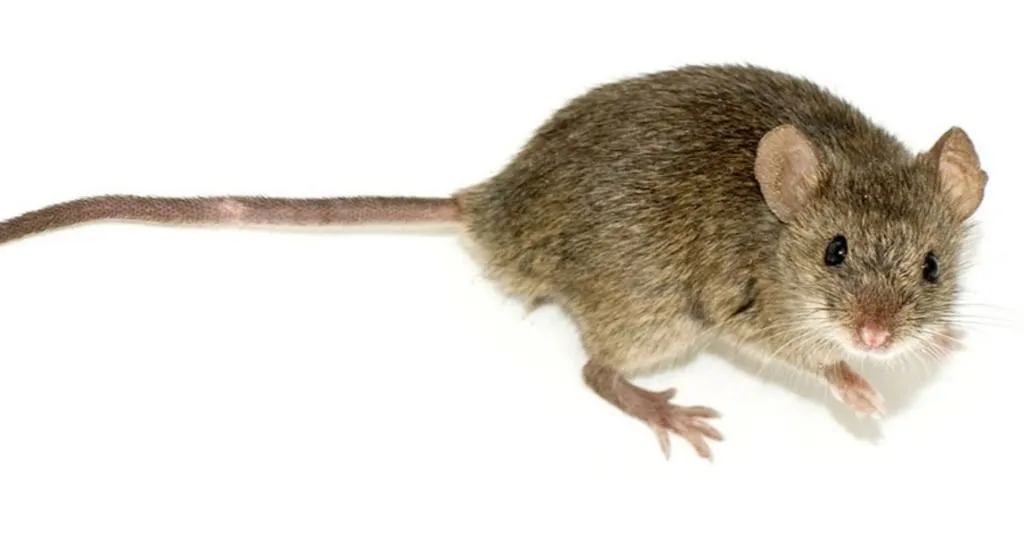
Stereotypical effects on cognitive bias
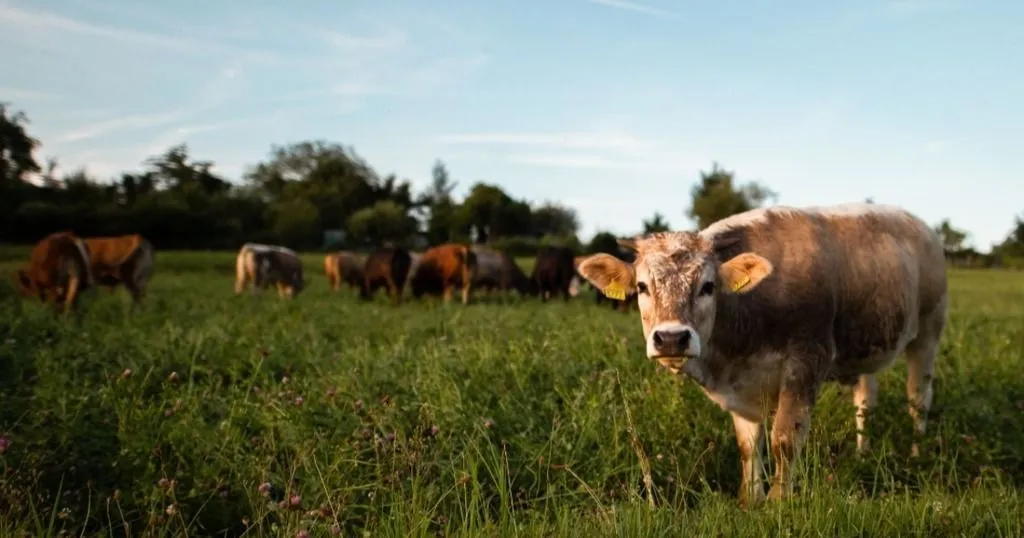
How does heat stress affect the health and welfare of dairy cows?
